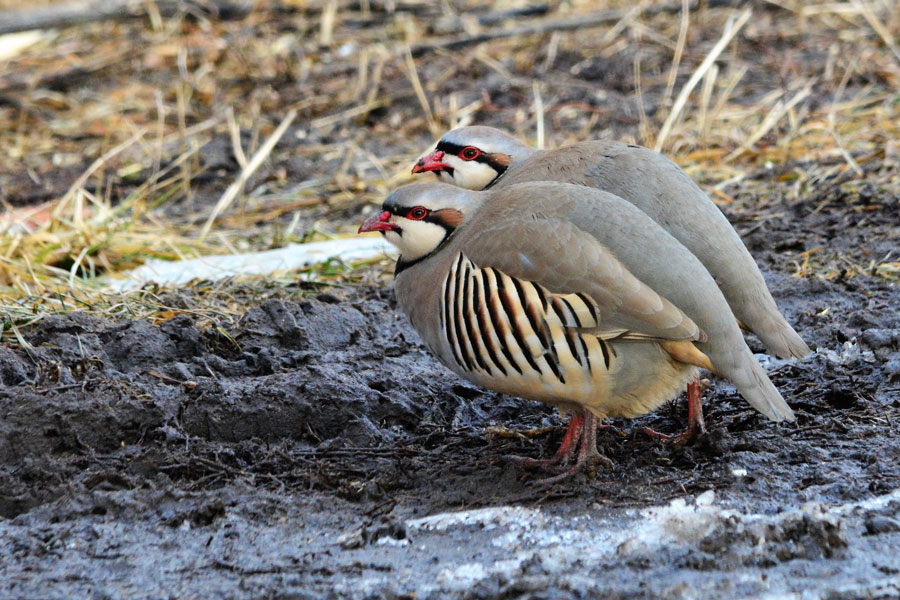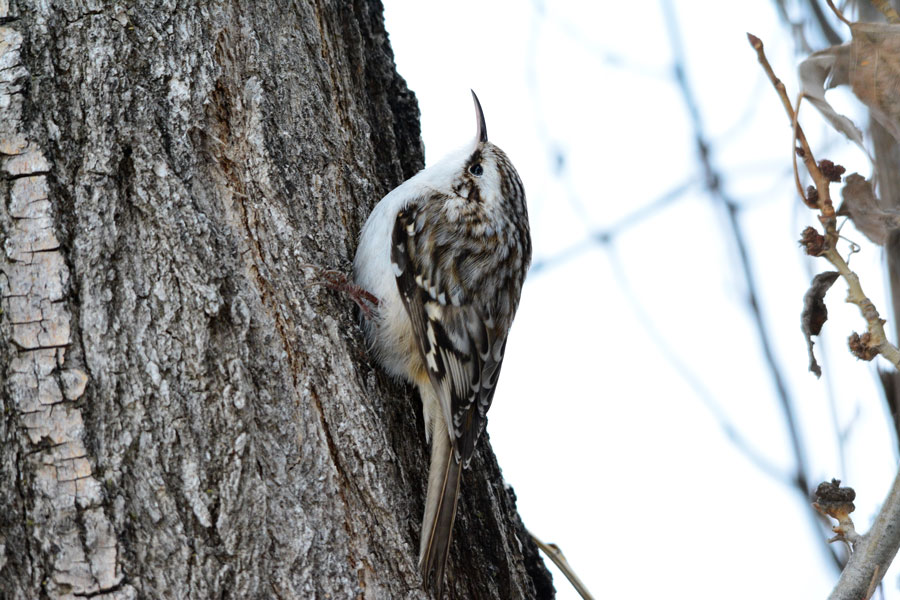It’s time for the Great Backyard Bird Count
Published at
After missing the Great Backyard Bird Count last year because I was out of town playing, I have repented and will be anxiously engaged this year — unless I need to recreate again. I have been involved most President’s Weekends counting and observing birds for the last eight years.
The 2018 Great Backyard Bird Count will run from February 16 to 19, with everyone invited to participate in this very important activity. Information from www.birdcount.org or www.autubon.org, are great ways to begin. These websites have many suggestions for activities during the count.
This count allows researchers to pinpoint bird movements and how they change from year to year. Because of abundant food supplies in the northern wintering grounds last year, we had few of winter finches like Pine siskins and Red polls in southeastern Idaho. This year we have seen an abundance of nuthatches including a few rare White-breasted ones.
Due to the lack of snow horned larks have already migrated to desert areas where they nest. Only a few Gray-crowned Rosy finches and the Short-eared and Long-eared owls have appeared while Barn owls have not shown up for their usually late January migration. Bohemian waxwings mixed with a few Cedar waxwings have showed up on a few occasions on the Henrys Fork near Chester.
If you want to attract some of these birds to your home for this activity, a few things need to be done. I would suggest you hang three different kinds of feeders. One that would attract finches is a thistle seed sack, another would be a feeder with sunflower seeds, and then a suet cake will bring in woodpeckers, flickers and nuthatches.
The next step to become involved is to set up an account on one of the websites to enter your observations. The observations can be as little as recording the species and number of each for 15 minutes and then report it. I will be doing that twice each day of birds in my backyard.
People are encouraged to report birds from public lands and local parks and I plan on doing at least one at Camas National Wildlife Refuge and another at Deer Parks, west of the Menan Buttes.
Great areas to do counts during the GBBC are near St. Anthony including Chester Wetlands, Rexburg Bench, Roberts including Market Lake, Beaver Dick Park including Cartier Slough and at area cemeteries with large trees.
There are two ways to report the observed birds this year. One is to set up a free account with eBird before the count begins or wait until February 16 and set up an account on the GBBC website.
In 2017, in Idaho there were 136 species counted in the 824 checklists. Ada County led the state with 185 checklists recording 92 species in the four days of the GBBC. Bonneville was in 18th place of the 44 counties with 42 checklists and 26 species while Madison only had four lists submitted with 15 species.
This year the GBBC will be worldwide for the fifth time and last year 5940 species were recorded worldwide with 669 species identified in the United States. The USA is in seventh place in the number of species identified in last year’s GBBC with Colombia leading with 1042 species.
As I look forward to the GBBC, I am hopeful that my 77 species I have located in 2018 so far will grow. Let me know if I can help you get involved in this year’s survey.

Living the Wildlife is brought to you by Yellowstone Teton Territory. Experience 7,500 square miles of untamed wilderness in Eastern Idaho's Yellowstone Teton Territory. Where majestic peaks meet endless adventure, your perfect outdoor escape is waiting. Start planning at YellowstoneTeton.com.
EastIdahoNews.com comment boards are a place for open, honest, and civil communication between readers regarding the news of the day and issues facing our communities. We encourage commenters to stay on topic, use positive and constructive language, and be empathetic to the feelings of other commenters. THINK BEFORE YOU POST. Click here for more details on our commenting rules.







